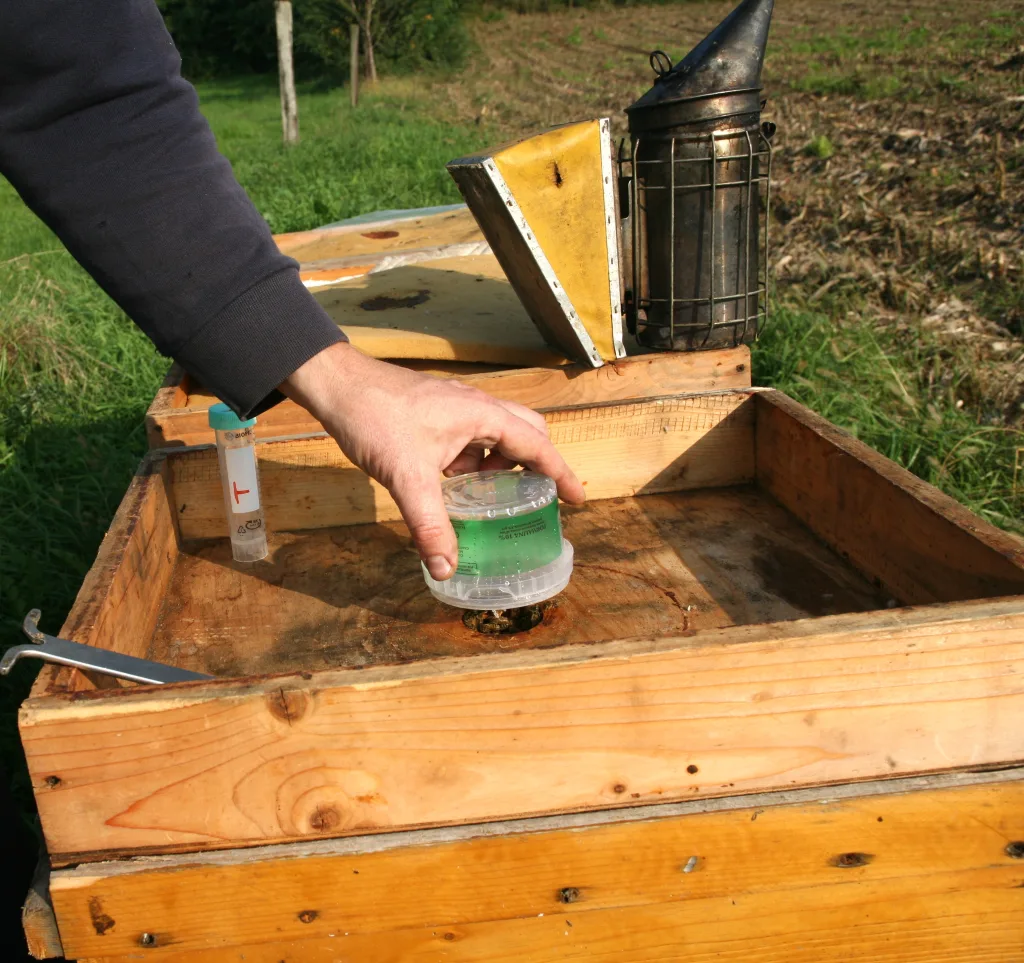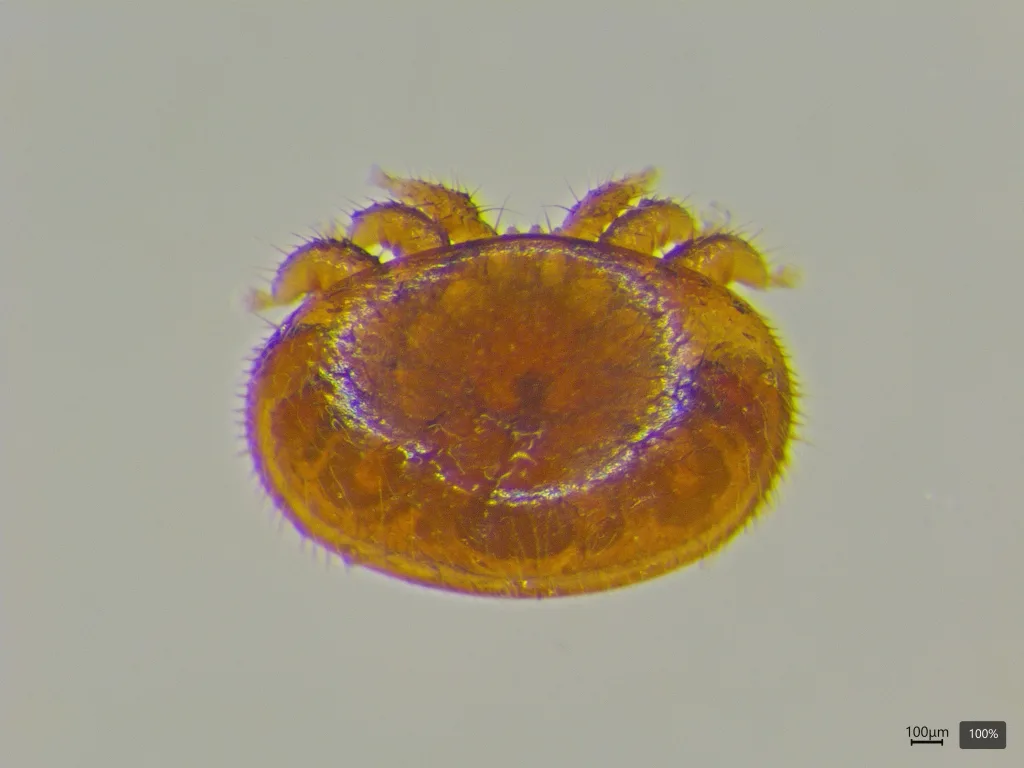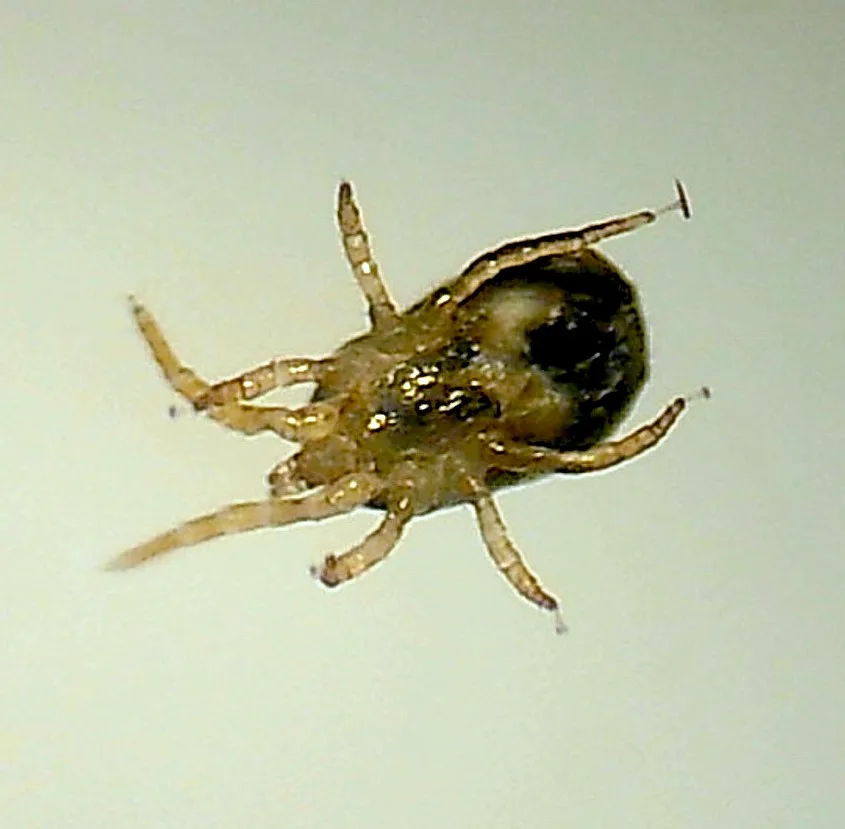The use of chemical substances against pests and pathogens of crops and livestock is widespread, but these products, although quick and temporarily effective against the parasite, can have a negative impact on environment, biodiversity, and human health. Moreover, their effectiveness has decreased due to widespread and often inadequate use, which has led to the development of resistance by pathogens, favoring their spread.



The development of alternative approaches is therefore crucial to move towards a more effective and sustainable management of parasites for the environment and the economy, in line with the “Farm-to-fork” (Green Deal). This strategy, developed by the European Commission, to counter the strong impact that pesticides have on the ecosystem, envisages measures that promote an ecological transition in agricultural and livestock farming practices.
In this context, the idea of the PARSIL project was developed: to apply an innovative and sustainable molecular approach, based on the RNA interference (RNAi) technique, to control two harmful mites in livestock farming.

Varroa destructor
Varroa destructor is the parasite with the greatest impact on European honey bee colonies (Apis melliferaBees and other pollinating insects are of fundamental importance for the environment, supporting biodiversity in natural systems through the pollination of a wide variety of wild plants and are essential in agricultural systems, as 75% of our global crops depend on insects for reproduction. V. destructor is an obligate parasite capable of attacking different developmental stages of the bees as well as different castes. It also serves as a reservoir and primary vector for some viruses. In synergy with other factors, such as pollution, pesticides and global warming, this mite is responsible for the decline of bee population, a phenomenon that causes significant economic losses in the beekeeping sector, both due to reduced production and increased costs for treatments. The intensive use of synthetic acaricides, such as pyrethroids and formamidines, has led to drug resistance in the parasite, thus compromising not only the management of the mite, but also the control of the viruses it transmits, for which no specific treatments are currently available.
Dermanyssus gallinae
The red poultry mite, Dermanyssus gallinae, is a cosmopolitan parasite of both farmed and wild birds. Infestations, which can be very strong, cause severe stress, irritation, aggression and can lead to anemia, decreased immune defenses and death. This mite is also a vector of other pathogens, including salmonella and avian viruses. For laying hen farms, this parasite causes serious economic damage, significantly reducing the quantity and quality of eggs produced. Traditionally, the control of Dermanyssus gallinae. is based on the use of pesticides such as organophosphates, carbamates, pyrethroids and spinosyns. The widespread and often improper use of these chemicals in a species with a short life cycle and a high reproductive rate has led to the development of drug resistance and the accumulation of residues in tissues, eggs and the environment. This has had negative effects on product quality and poses inevitable risks to human health.

RNA interference (RNAi) is a natural form of genetic defense against pathogens and parasites adopted by many plants and animals, which targets the nucleic acids of infesting organisms and which, in recent times, has been proposed as a targeted and eco-sustainable strategy for the control of parasites in agriculture and livestock.
This technology employs dsRNA, small double-stranded RNA molecules capable of specifically inhibiting the gene expression of a parasite. Due to their high specificity and limited environmental persistence, dsRNA, unlike pesticides, does not harm non-target species nor contribute to pollution. Furthermore, since they do not cause permanent genetic modifications, they offer a flexible tool for managing emerging pathogens.
The PARSIL project aims to identify new molecular targets for designing specific dsRNA molecules against V. destructor and Dermanyssus gallinae. These molecules will then be tested on both species to evaluate their effect on parasite gene expression and infestation levels.
The project stems from the integration of the diverse expertise of the three partners, ranging from bioinformatics studies of genetic targets to molecular biology, the assessment of biological effects on parasites, and the analysis of practical, economic, and potentially patent-related feasibility. This multidisciplinary approach seeks to explore the applicability of this innovative strategy from multiple perspectives.